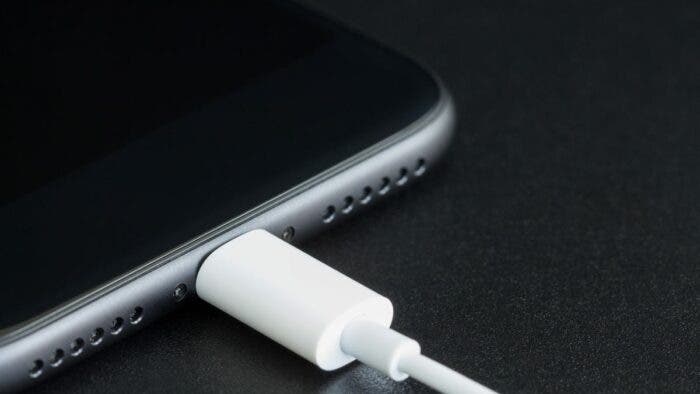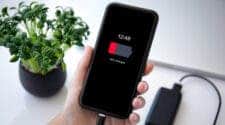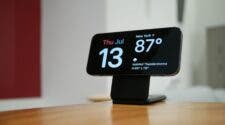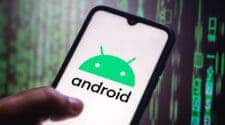In a recent update on their support page, Apple has issued a vital warning regarding the perilous practice of charging your iPhone while you’re asleep, particularly if you tend to leave it nestled in your bed.
Apple’s Warning: The Dangers of Charging Your iPhone While You Sleep
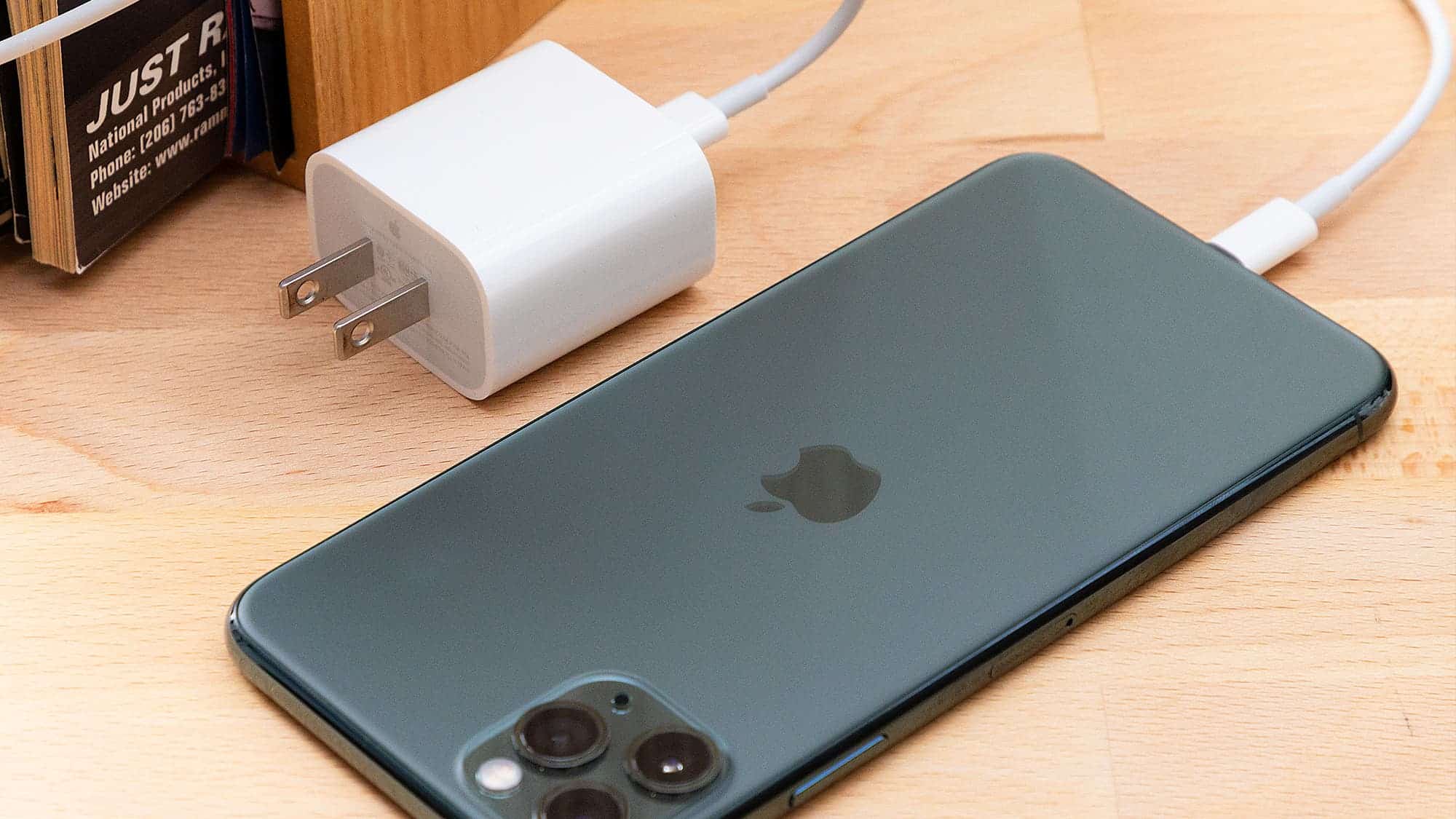
The foremost objective of this cautionary advisory is to educate users on maintaining safe charging habits for their iPhones. These are small yet critical steps aimed at preventing accidents stemming from what seems like a mundane task – charging our smartphones.
Apple’s latest advisories are primarily aimed at those individuals who have developed a habit of dozing off with their iPhones in hand while they charge. Tech experts and firefighters alike have pointed out that this seemingly innocuous habit can have catastrophic consequences, potentially leading to a fire.
Apple strongly advises users against charging electronic devices in areas where heat dissipation is hindered. Furthermore, they explicitly recommend against placing a charging iPhone in close proximity to your skin, a pillow, or a blanket.
For instance, Apple’s guidance reads, “For example, don’t sleep on a device, power adapter, or wireless charger, or place them under a blanket, pillow, or under your body when connected to a power source.”
In essence, Apple’s message is clear: charge your devices in well-ventilated areas. The ideal scenario is to place your iPhone on a table or surface that allows for effective heat dissipation during the charging process.
In addition to Apple, some firefighters have also initiated awareness campaigns to discourage such risky practices. They outline several compelling reasons why charging your smartphone in a poorly-ventilated area while you sleep is a grave mistake:
- Lack of Awareness While Asleep: When you’re in the depths of slumber, your sense of smell is dormant, meaning you won’t detect the onset of a fire.
- Rapid Smoke Inhalation: It takes just three breaths for smoke to render you unconscious, leaving you extremely vulnerable in the event of a fire.
- Substandard Chargers: Many users opt for cheap or faulty chargers, but even authentic chargers can pose fire hazards.
Now, let’s address the perennial question: is it safe to leave your smartphone charging overnight? Apple doesn’t oppose this practice outright.
According to Apple’s support page, as long as you charge your iPhone in a well-ventilated area, it should be a safe procedure. In other words, there’s nothing inherently wrong with leaving your device to charge overnight as long as you adhere to this condition.
However, the concern regarding overnight charging is primarily related to the stress it places on the device’s battery. This is a problem that manufacturers have tried to address with software solutions.
For example, Apple introduced a feature called “optimized battery charging” in iOS 13. Its purpose is to slow down the charging process when the battery reaches 80% capacity. This measure aims to alleviate the strain on the battery during prolonged charging periods.
If you’re accustomed to charging your iPhone or other electronic devices overnight, it’s advisable to reconsider this habit. Alternatively, when you wake up in the middle of the night, consider disconnecting your smartphone’s charger to prevent unnecessary strain on the battery.
The Dangers of Charging Your iPhone While You Sleep
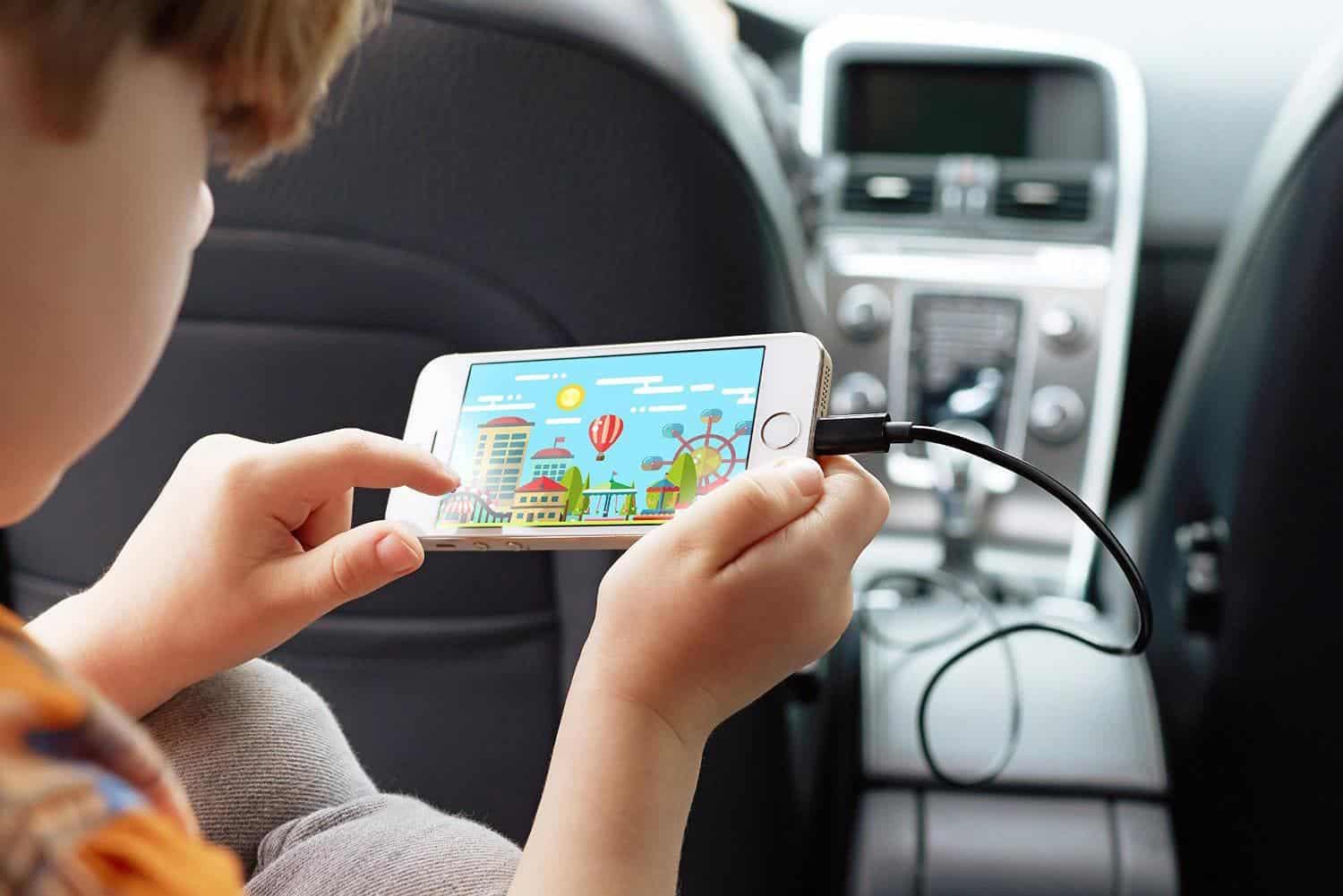
There are a few potential dangers of charging your iPhone while you’re sleeping. These include:
- Overheating: When your iPhone charges, it generates heat. If the phone is covered up or not in a well-ventilated area, the heat can build up and cause the phone to overheat. This can damage the phone’s battery and other components, and in some cases, it can even cause a fire.
- Electric shock: If the charger is not properly wired or if the phone’s charging port is damaged, there is a risk of electric shock. This is especially dangerous if you sleep with the phone next to your face or body.
- Fire: If the phone overheats or if there is a short circuit in the charger, there is a risk of fire. This is why it is important to never charge your phone under a blanket or pillow. And to use only genuine Apple chargers.
- Damage to the phone: If the phone is dropped or knocked over while it is charging, it can be damaged. This is more likely to happen if the phone is not in a secure location.
- Sleep disturbance: The light from the phone’s screen can disrupt your sleep. If you sleep with your phone next to your bed, the light can make it difficult to fall asleep and stay asleep.
It is generally safe to charge your iPhone overnight, as long as you take some precautions. Here are some tips for safe charging:
- Use a genuine Apple charger.
- Charge your phone in a well-ventilated area.
- Do not cover the phone while it is charging.
- Do not sleep with the phone next to your face or body.
- Keep the phone away from liquids and moisture.
- Inspect the charger and phone regularly for damage.
If you are concerned about the safety of charging your iPhone while you’re sleeping, you can always charge it during the day. This will give you peace of mind and help to prevent any potential problems.
In conclusion, Apple’s recent warnings shed light on the potential dangers of charging your iPhone while you sleep. While overnight charging itself isn’t discouraged, ensuring proper ventilation during charging is crucial to avoid risks. By following these guidelines, you can safeguard not only your device but also your peace of mind while it charges.

